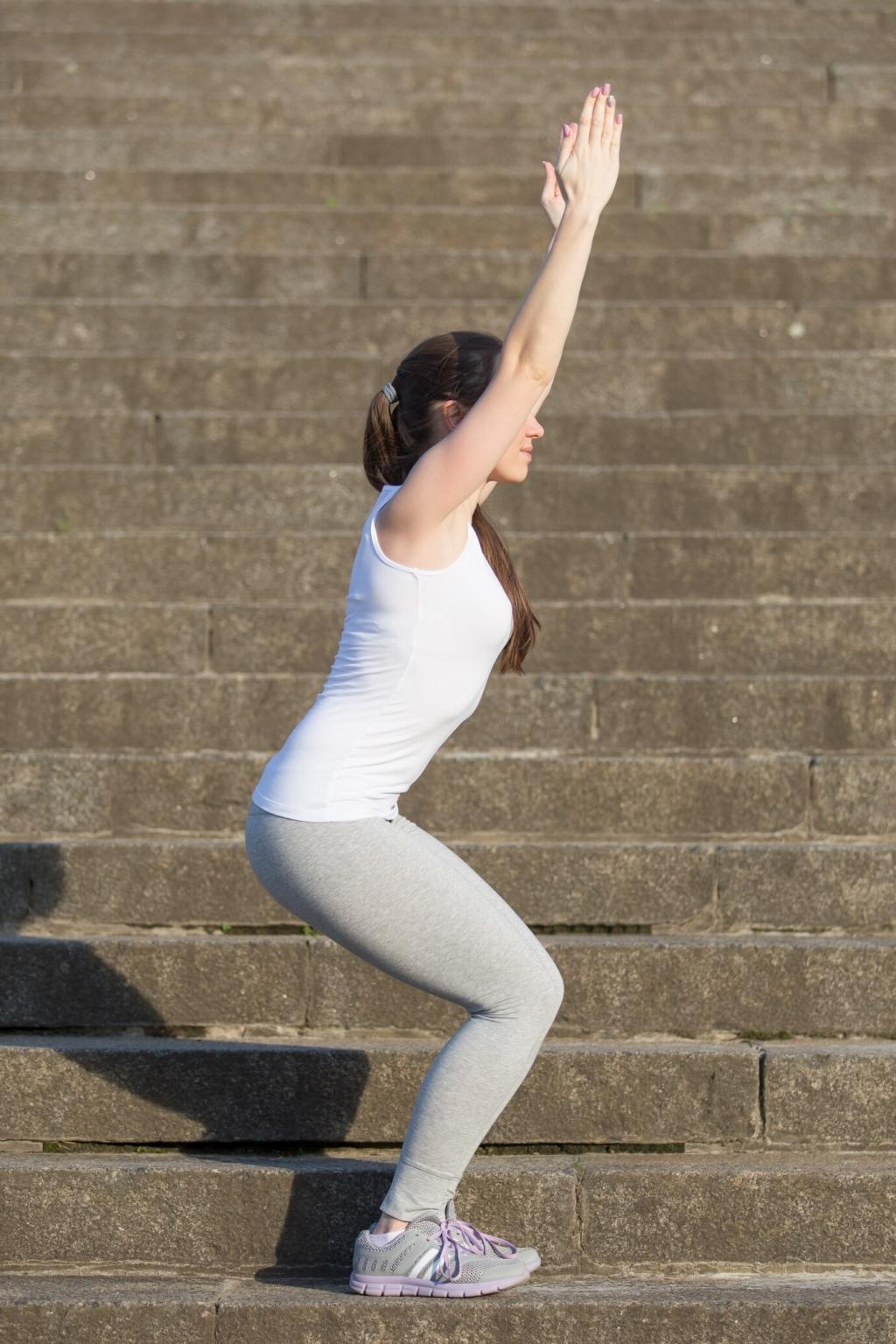
Begin Here: Foundational Yoga Stretches for Beginners
Chosen theme: Foundational Yoga Stretches for Beginners. Unroll your mat, take a steady breath, and learn the simple stretches that build confidence, protect your body, and spark a lasting practice. Share questions, subscribe for weekly tips, and grow with our beginner-friendly community.
Why Foundations Matter
What “foundational” really means
Foundational stretches are simple, repeatable shapes that teach alignment and breath awareness while preparing joints, fascia, and muscles for deeper work. They are not shortcuts; they are reliable anchors. Bookmark this page, practice consistently, and notice how stability quietly unlocks mobility.
The beginner’s advantage
Beginners learn fastest because patterns are still malleable. Each careful stretch wires new pathways for balance and ease. Celebrate tiny wins—one extra breath, a softer jaw, steadier knees. Tell us your first favorite stretch in the comments and inspire another newcomer today.
A mini story to inspire your start
A reader named Leo wrote that two weeks of Cat–Cow and Child’s Pose ended his stiff morning back. No heroics, just five minutes daily, gently and consistently. Your story can be next—share your first two-week experiment, and we’ll cheer you on.
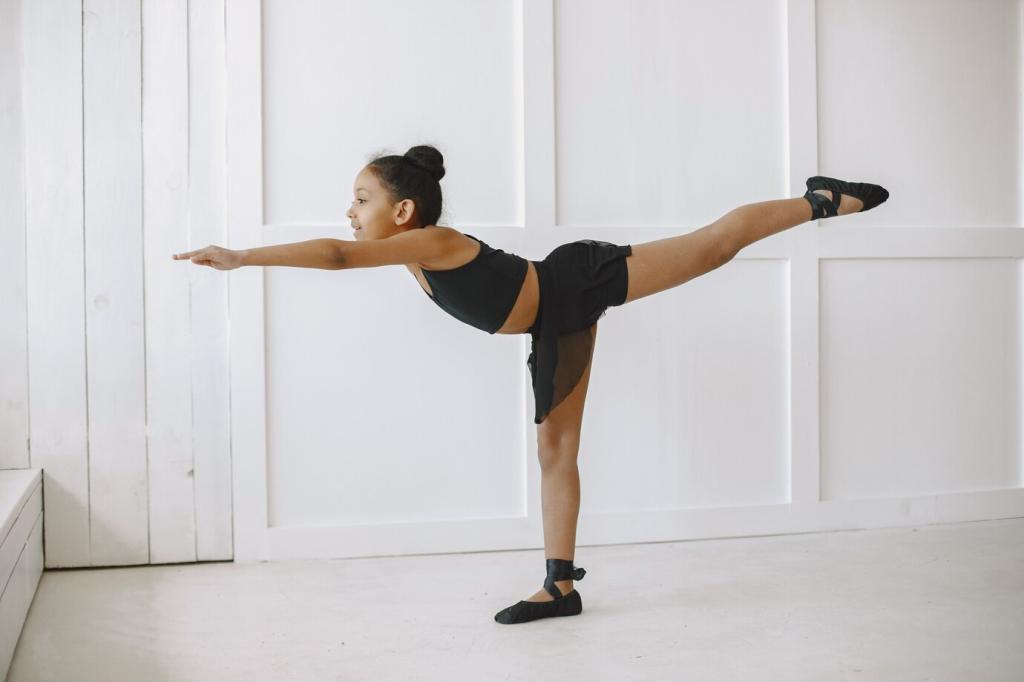
Three calming breaths to start
Sit or kneel comfortably. Inhale through the nose for four counts, exhale through the nose for four. Repeat three times, shoulders soft, jaw unclenched. If anxiety rises, add a gentle sigh. Comment with your favorite breath count so others can try it.
Neutral spine checkpoint
Before folding, lengthen the crown forward and reach the tail back, creating space between vertebrae. Keep a micro-bend in knees, ribs gently stacked over pelvis. This neutral spine protects your back and teaches body awareness. Practice near a mirror and note one improvement weekly.
Safe discomfort versus pain
A helpful stretch feels steady, warm, and manageable; pain feels sharp, pinching, or electric. If breath shortens or joints complain, ease out immediately. Aim for six out of ten intensity. Journal sensations after practice, and share what you learned to support fellow beginners.
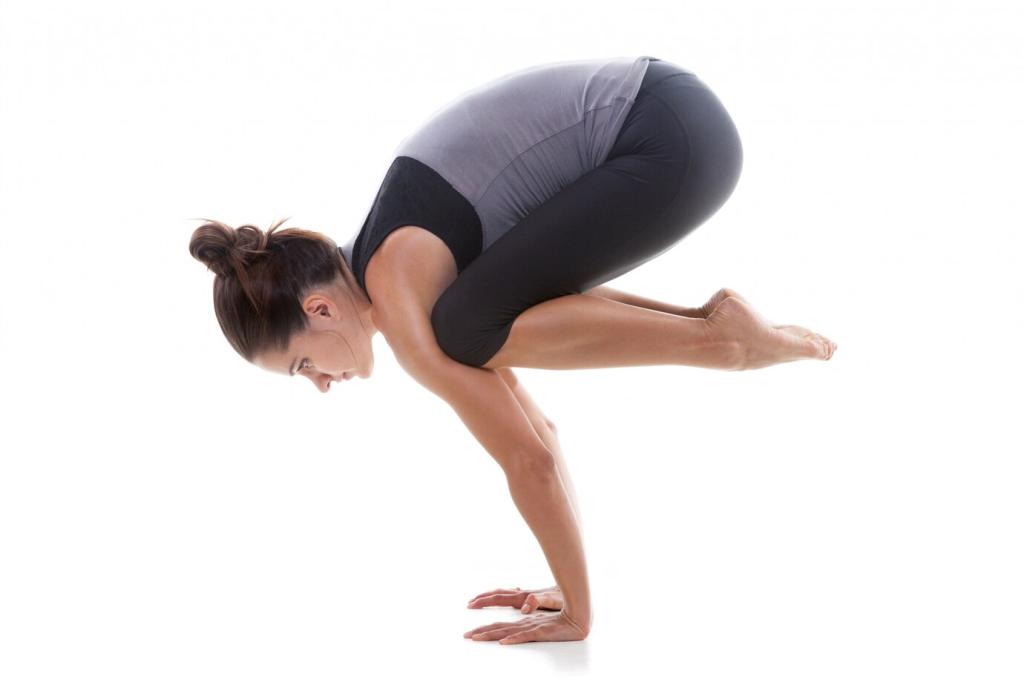
Child’s Pose (Balasana)
Knees together for a lower-back release or wide for room in the hips. Rest your forehead on a block or folded blanket. Reach arms forward to lengthen side ribs. Take five slow breaths. This pose signals safety to your nervous system—share your favorite variation below.
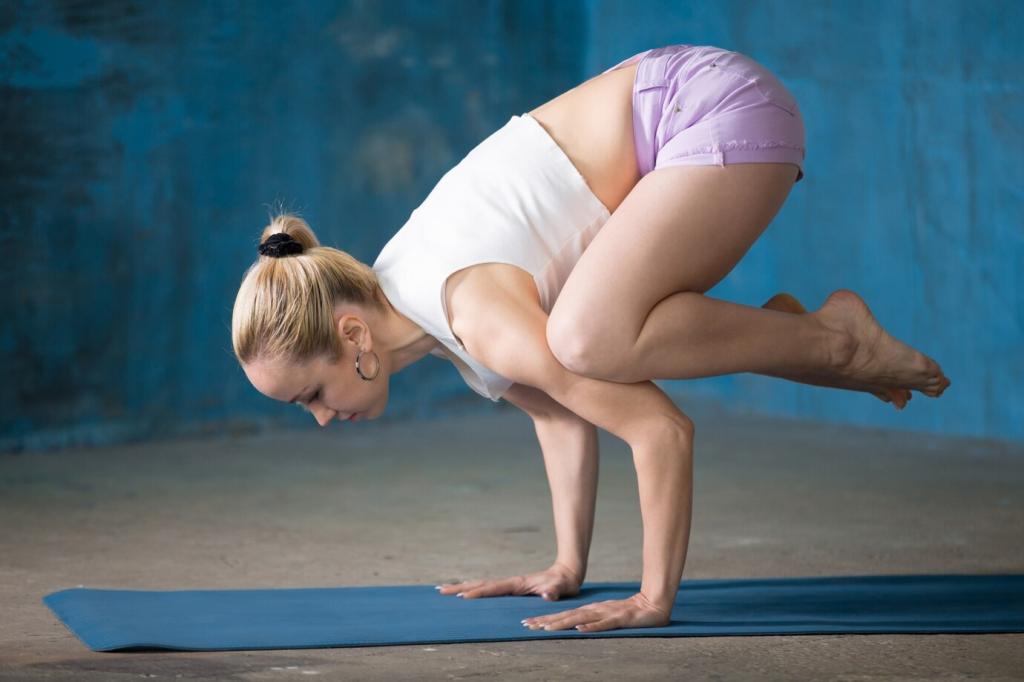
Cat–Cow (Marjaryasana–Bitilasana)
On hands and knees, inhale to arch (Cow), exhale to round (Cat). Press shins down to stabilize and move like honey, not lightning. Six to eight cycles gently wake the spine. Desk workers love this. Try it before emails and report how your back feels afterward.
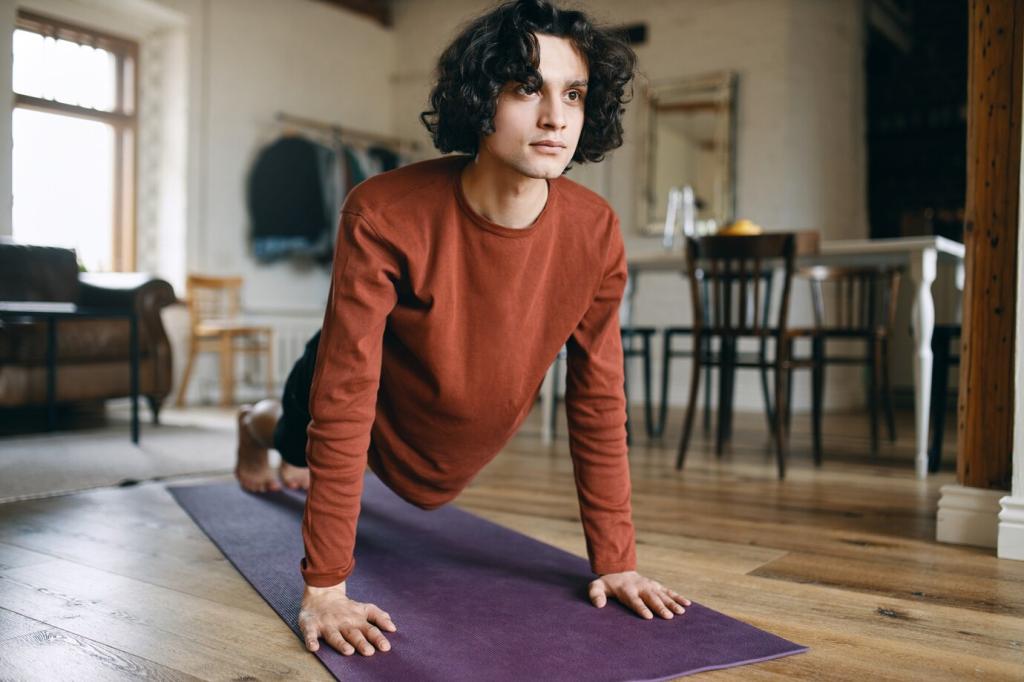
Downward-Facing Dog, beginner edition
Bend your knees generously, lift sit bones high, and focus on a long spine rather than straight legs. Hands shoulder-width, fingers spread, press evenly through palms. Use blocks under hands if wrists feel tight. Treat it as an active stretch, not a test. Subscribe for alignment checklists.
Gentle Hip Openers for New Practitioners
Low Lunge with knee padding
Place a thick blanket beneath your back knee. Stack front knee over ankle, lift the chest, and hug lower ribs in to avoid collapsing the low back. Five slow breaths on each side. Notice space across your hip flexors, and share your favorite knee cushion tip with others.
Figure Four on the mat
Lie on your back, cross ankle over opposite thigh, and thread your hands behind the hamstring. Flex the lifted foot to protect the knee. Keep your head relaxed and spine neutral. Rock gently to massage tight spots. Breathe into sensation, not strain. Comment on left-right differences.
Butterfly with support
Sit on a folded blanket, bring soles together, and let knees soften outward. Slide blocks under thighs for comfort. Hold ankles, lengthen the spine, then hinge slightly forward. Keep shoulders broad. Compare before-and-after standing posture and tell us what changed after three minutes.
From a Forward Fold, place hands on shins or blocks. Inhale to lengthen the spine parallel to the floor, gaze down, shoulders away from ears. Exhale to fold softly. Repeat three rounds. This reset decomposes hamstring tension and teaches hinge mechanics. Share how it changes your folds.
Hamstrings and Back-Friendly Forward Folds
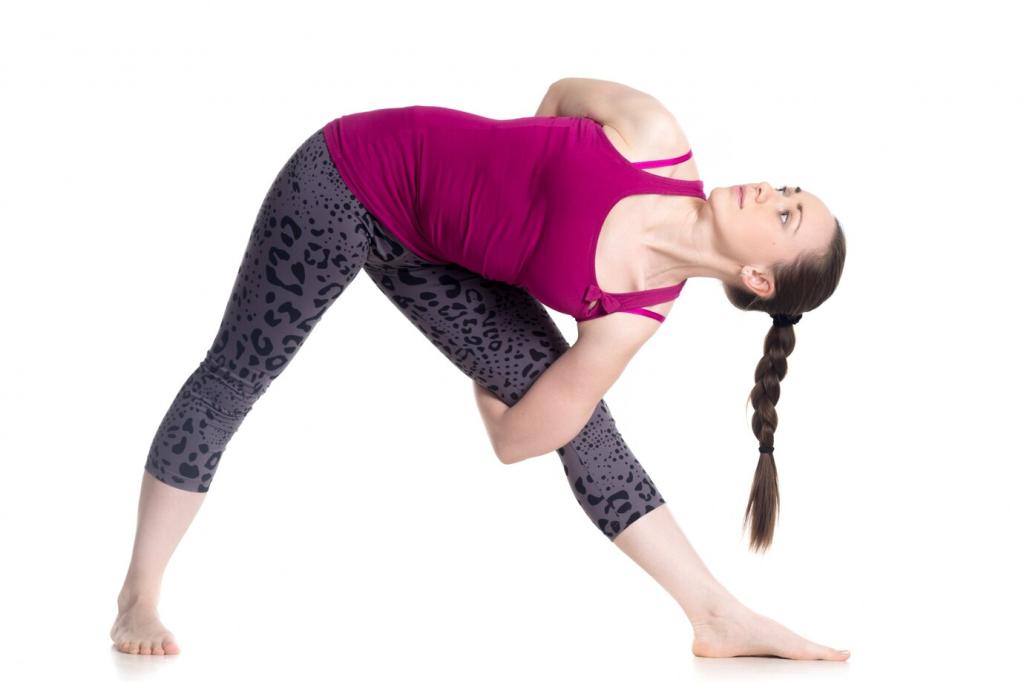
Common Beginner Mistakes and Easy Fixes
Rounding and breath-holding
Beginners often round the spine in folds and accidentally hold the breath. Fix both with a micro-bend in knees, a hip hinge, and audible exhales. Tape a friendly reminder near your mat. Try this today and report how your next fold feels compared with last week.
Forcing flexibility
Depth is not the goal; consistent ease is. Use blocks and straps, aim for sustainable sensation, and remember that progress grows from daily minutes, not occasional marathons. Celebrate small increases in comfort. Share a recent win to motivate someone who is starting today.
Ask for feedback, stay curious
Curiosity keeps beginners safe and motivated. Ask alignment questions in the comments or at class, and subscribe for checklists that you can reference on the mat. Keep learning, notice patterns, and invite a friend to join your next short session for extra accountability and fun.
